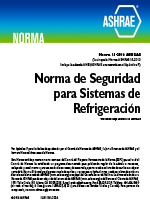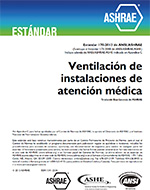Description
Click here to purchase
The transmission of respiratory diseases in indoor spaces is largely affected by the room ventilation, especially the localized ventilation near the infection source (i.e. the infected person). Thus, source control strategies emerge as a vital technique that controls the microclimate of the occupants, providing them with high protection levels. One renowned strategy is personalized ventilation (PV). By delivering conditioned clean air towards the breathing zone, PV provides the user with protection and acceptable levels of thermal comfort: PV users can individually control their microclimate by varying the operating conditions of the PV jet. Most literature studies investigated the effect of varying the PV flowrate. However, when used by an infected person, this control strategy was proven in previous studies to induce the transport of the expiratory droplets into the space, increasing the risk of airborne cross-contamination in some cases. Fixing the PV flowrate and varying the jet’s temperature can be a possible strategy to mitigate cross-infection while meeting the personal preferences of occupants; and the effect of such control strategy on airborne diseases dispersion has not been assessed in literature to the authors’ knowledge. Therefore, this study investigates the impact of individually controlling the temperature of a PV-delivered jet on cross-contamination between occupants in an office space. An infected person is considered seated in a tandem (i.e. back-to-face) position (most critical seating configuration when using PV) with respect to a healthy person, located at a distance of 1.5 m (4.9 ft.). The contamination source is the breathing of the infected person. The PV system is set to deliver a fixed flow at a constant rate of 10 l/s (21.18 cfm), and users are given freedom to vary the jet’s temperature between 23C(73.4F) and 26C(78.8F) to satisfy their thermal comfort needs. A validated computational fluid dynamics (CFD) model of an office space equipped with PV and background mixing ventilation is used to assess the cross-contamination between the occupants. The aim is thus to highlight the influence of PV-delivered jet temperature control on contaminants’ dispersion in the room and the resulting exposure level of the healthy occupant.
Product Details
- Published:
- 2022
- Number of Pages:
- 8
- Units of Measure:
- Dual
- File Size:
- 1 file , 3.4 MB
- Product Code(s):
- D-ICEB22-15
- Note:
- This product is unavailable in Russia, Belarus




